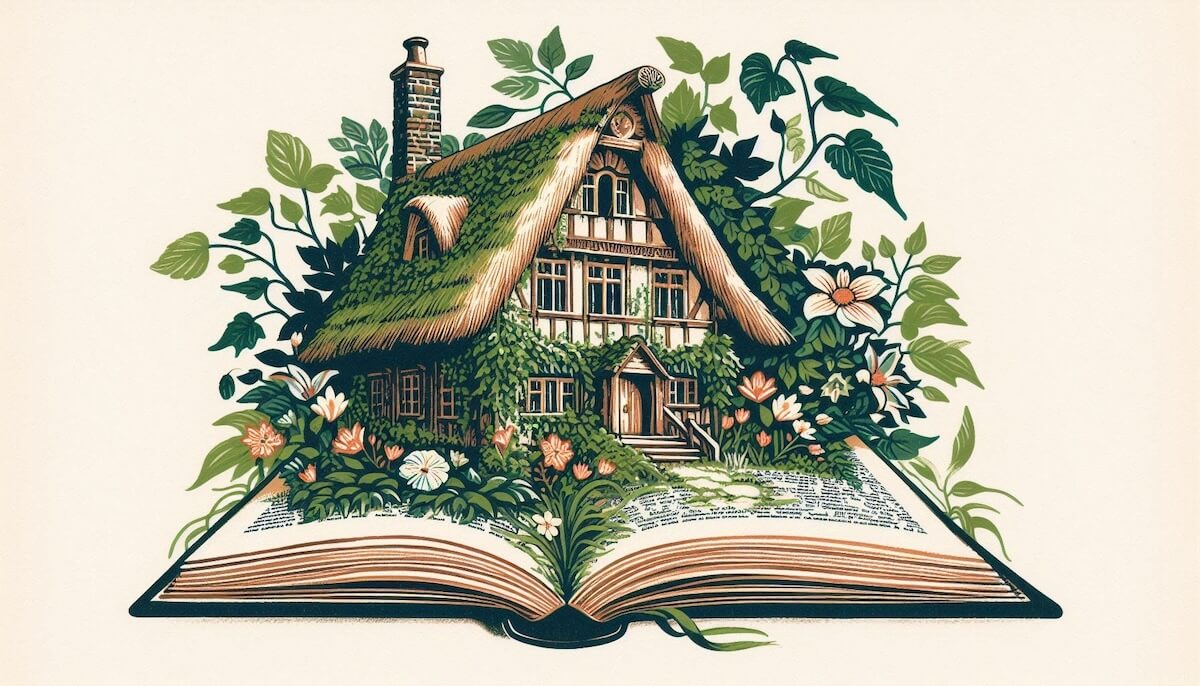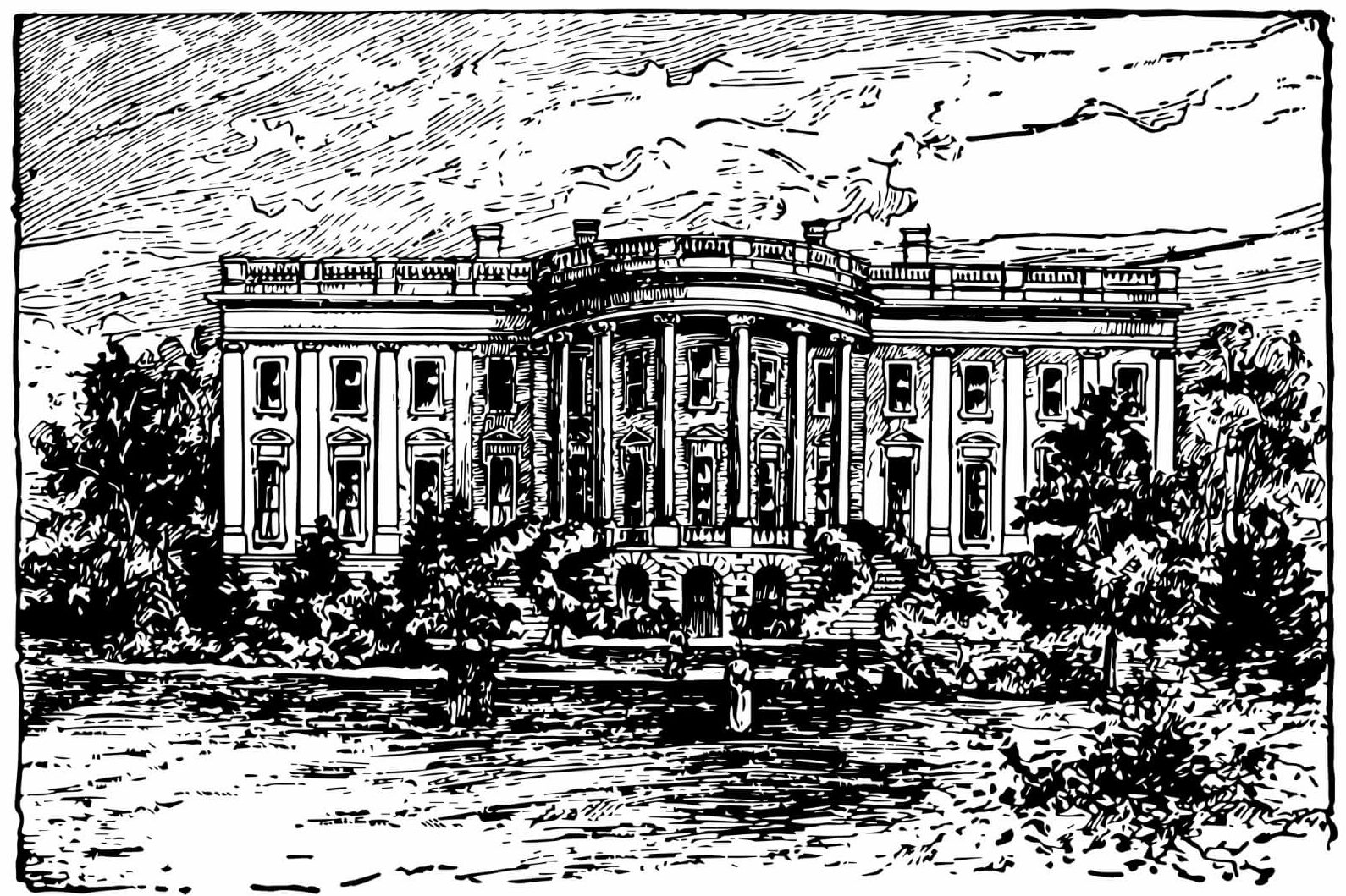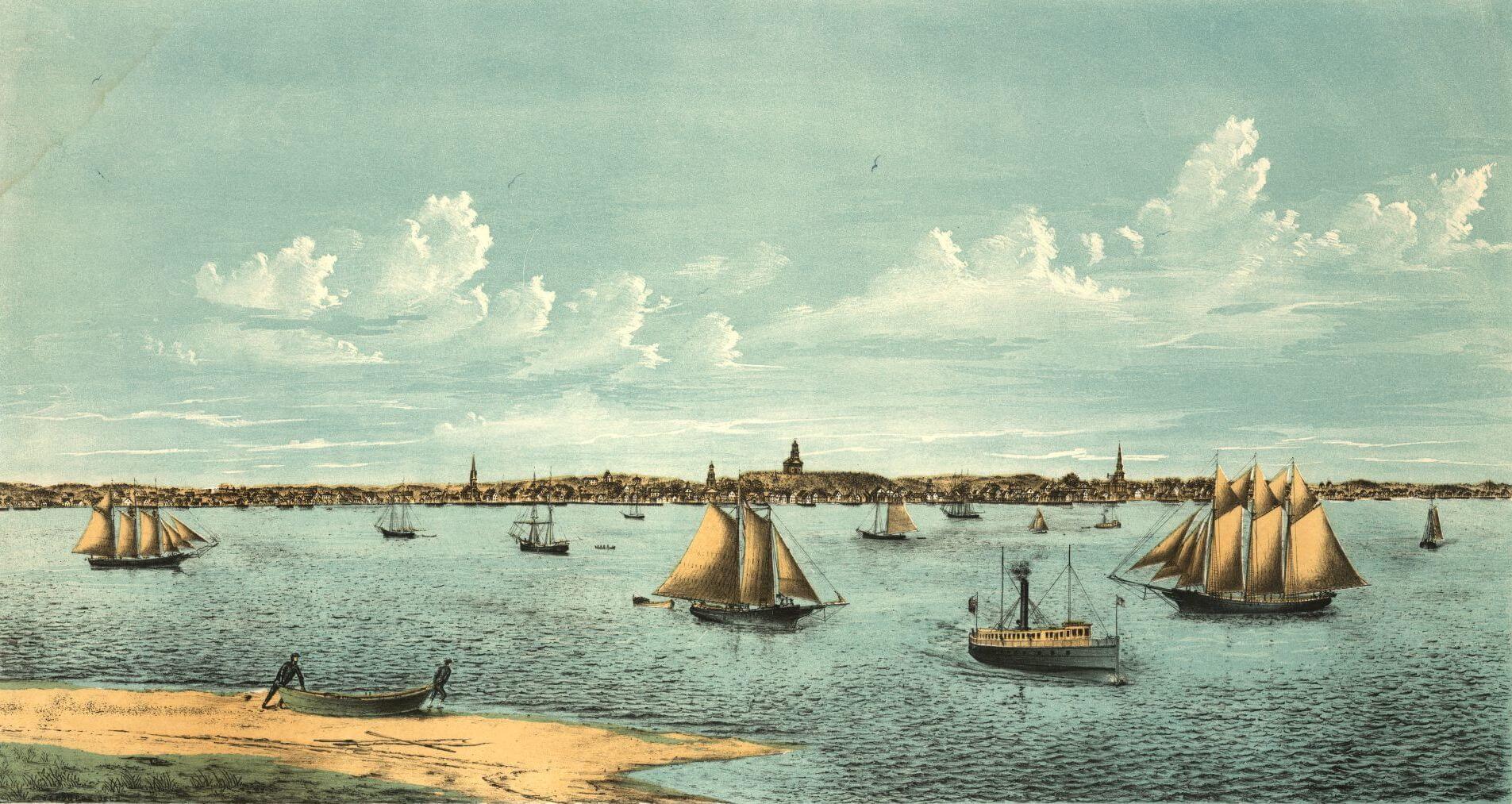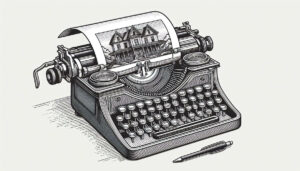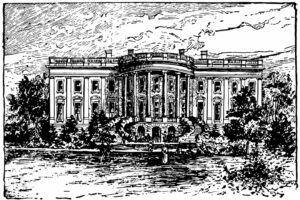Cozy, dreary, grande, humble, maybe even haunted. Names have power to shape perceptions and expectations, enriching the storytelling experience. Take a page from these classic works for inspiration.
Bag End
Tucked away in the verdant landscape of the Shire, Bag End is home to the hobbits Bilbo and Frodo Baggins. The comfortable, cozy underground dwelling is known as a Hobbit-hole or “smial” in J.R.R. Tolkien’s “The Hobbit” and “The Lord of the Rings.” The literal English translation of the French word cul-de-sac, Bag End takes its name from Tolkien’s aunt’s home of the same name in Worcestershire, England.
Barton Cottage
In the bucolic countryside of Jane Austen’s “Sense and Sensibility,” Barton Cottage serves as the modest retreat for the Dashwood sisters Elinor and Marianne, after being forced to leave their family estate after their father’s death.
Bleak House
Charles Dickens wasn’t going for ambiguity here, this house’s name is extremely straightforward. The dilapidated and gloomy manse symbolizes the decay and corruption of the English legal system, and a specter of decay and intrigue looms over the sprawling halls of Bleak House in Dickens’ eponymous novel.
Bly Manor
A bastion of Gothic mystery and spectral intrigue, the grand English country estate featured in Henry James’ novella “The Turn of the Screw” is known for its eerie and mysterious atmosphere where supernatural events unfold.
Brandy Hall
Another smial or hobbit-hole set amidst the rolling hills of the Shire, Brandy Hall serves as the ancestral home of the Brandybuck family in J.R.R. Tolkien’s “The Lord of the Rings” series.
Brideshead Castle
The estate central to Evelyn Waugh’s novel “Brideshead Revisited” symbolizes wealth, tradition, and the decline of the British aristocracy, and takes its name from the nearby stream called the Bride.
Camelot
Enshrined in the annals of Arthurian legend, the mythical realm of noble knights and fair maidens endures as a symbol of the timeless quest for chivalry, justice, and honor. Camelot is defined by the Cambridge Dictionary as a “name for a place, time, or group of people, especially a country or government, when there is a lot of excitement, hope, and belief about what can be achieved.”
Castle Dracula
Castle Leoch
Amidst the mist-shrouded Highlands of Scotland stands the fictional castle in Diana Gabaldon’s “Outlander” series. The seat of Clan MacKenzie, this is where Claire gets her first glimpse of life in 18th century Scotland. Leoch likely takes it’s name from Castle Leod, the real seat of the Clan Mackenzie in the Scottish Highlands.
Combe Magna
Downton Abbey
Across the sweeping vistas of Yorkshire, Downton Abbey serves as the main backdrop for Julian Fellowes’ acclaimed series detailing the lives of the Crawley family and the people who serve them as they navigate social class and the shifting tides of tradition and modernity.
Fearndean Manor
Gloomy Place
A humble lean-to in the Hundred Acre Wood, Eeyore’s Gloomy Place stands as a poignant reminder of life’s melancholic depths in A.A. Milne’s tales of Winnie the Pooh. When his home falls down, Eeyore rebuilds it with the help of his friends and the enduring spirit of resilience.
Green Gables
Heorot
The grand mead hall in the epic poem “Beowulf.” Written some time between the 8th and the early 11th century, “Beowulf” is possibly the oldest surviving long poem in Old English, and possibly the oldest recorded house name. Old English for hart or stag, Heorot is where King Hrothgar and his Danish warriors gather to feast and celebrate, an important backdrop in “Beowulf.”
Hill House
The sinister and haunted mansion in Shirley Jackson’s “The Haunting of Hill House” is home to a malevolent presence terrorizing those who dare to reside within its walls.
House of the Seven Gables
The ancestral home of the Pyncheon family in Nathaniel Hawthorne’s novel of the same name. It is haunted by a curse and serves as a symbol of the family’s troubled history.
Howard’s End
The country house central to E.M. Forster’s novel of the same name. A microcosm of societal change and personal transformation, The novel explores social, economic, and philosophical forces at work in England through the interactions of three families at Howard’s End.
Lallybroch
The ancestral home of the Fraser clan in Diana Gabaldon’s “Outlander” series, located in the Scottish Highlands.
Longbourn
Manderly
Mansfield Park
Mistlethwait Manor
The name is evocative of the moors where the home of Lord Craven is situated.
Nasse House
The country estate featured in Agatha Christie’s “Dead Man’s Folly,” serving as the backdrop for a murder mystery during a fête.
Netherfield
The rented estate of Mr. Bingley in Jane Austen’s “Pride and Prejudice,” where the arrival of Bingley and his friend Mr. Darcy sets the events of the novel in motion.
Northanger Abbey
Catherine Morland embarks on a journey of imagination and discovery amidst the echoes of her favorite gothic novels in Jane Austen’s satirical novel of the same name.
Pemberley
Satis House
Shell Cottage
Shrieking Shack
Tara
The Burrow
Thornfield Hall
Thrushcross Grange
Toad Hall
Twelve Oaks
slave owning plantations in Margaret Mitchell’s Gone With The Wind named for the trees lining the road to the home of the Wilkes family.
Villa Villekulla
lives with her horse and monkey Mr. Nelson in Astrid Lindgren’s beloved series. employs alliteration, with “villa” being Spanish for a vacation home, and “villekulla” translating loosely from Swedish to “wanted hill.”
Wayne Manor
From the comics, stately but dreary
Wuthering Heights
strong winds
Wragby Hall
Amidst the rolling landscapes of Derbyshire, Wragby Hall emerges as a symbol of societal upheaval and personal liberation in D.H. Lawrence’s famously banned “Lady Chatterley’s Lover.” Inspired by Teversal Manor in Nottinghamshire.
Feeling inspired? Register your name today!

